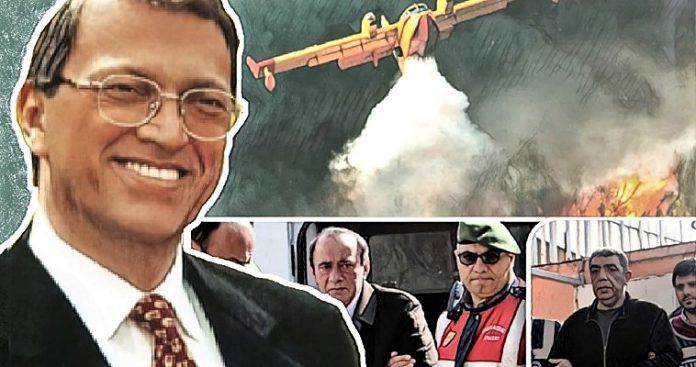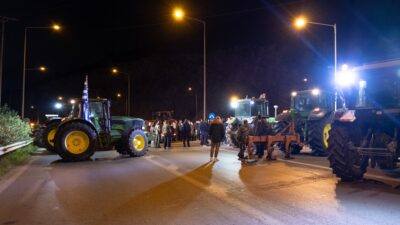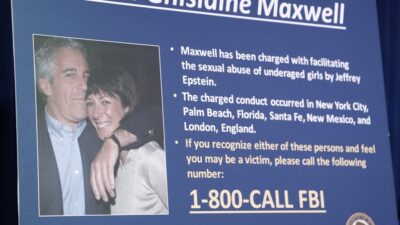Stavros Lygeros: Arson on Greek islands by the hand of the Turkish deep state – Turkish confessions
09/09/2020
The manner in which the catastrophic fire broke out in Moria, after a previous fire in western Lesvos, drew off the main force of the island’s Fire Service, leads experts to believe that this is not just simple arson, but an organized plan.
Although it is too early for definitive conclusions, the indications are many and too strong to bypass, at a time, in fact, when the Greek-Turkish crisis has intensified. It is not unreasonable to suspect a Turkish finger. The past teaches us that the deep Turkish state has indulged in arson on Greek islands. Here, then, are some stories that cannot be disputed.
In post-war Turkey, before Erdogan ascended the “throne”, Haluk Kirci, a gray wolf and a member of a paramilitary organization who had once been charged with criminal offenses, had told a Turkish television station: “We also burned the Greek forests.” No one dared refute him.
Indeed, in those years a large number of arsons had taken place, especially in the islands of the eastern Aegean. Haluk Kirci was sentenced to death in 1988 for murder, but that did not stop him from being an associate and best man of the police chief and in later years Justice and Interior Minister Mehmet Agar
Another Gray Wolf
A little later, we had an additional confession. Following his arrest, the notorious Gray Wolf and drug dealer Alaattin Çakıcı had revealed the following: in exchange for facilitating Turkish drug trafficking, he and his associates had burned forests in the eastern Aegean islands.
Alaattin Çakıcı and his friends were convicted in 1980 of 41 murders of leftists, but remained in prison for only a year and a half! After their release, they became mobsters and as such collaborated with the deep state. As part of their missions, they killed members of the Armenian armed organization ASALA outside Turkey.
Greek security authorities have since had information about the arson, but the Simitis government, after the crisis in Imia, was afraid to raise such an issue. Greece had, after all, nuanced evidence and not irrefutable evidence. Fifteen years later, in December 2011, the testimonies of Haluk Kirci and Alaattin Çakıcı were confirmed in public statements by former Prime Minister Mesut Yilmaz.
Yilmaz had made that statement not in a crisis of honesty, but because in March 2011 Turkish intelligence official Ayhan Çarkın, who had organized a number of assassinations, appeared publicly remorseful for his actions and revealed to Justice the places where he had executed, and buried Kurds and leftist Turks. He even testified that the prime ministers of that period, Tansu Ciller and Yilmaz, knew all this.
The role of Yilmaz
The chairman of the parliamentary committee investigating the Susurluk scandal in Turkey has revealed that a few pages had been removed from the secret report on the same issue, commissioned by then-Prime Minister Yilmaz’s adviser Kutlu Savaş (January 1998). It is in this context that Yilmaz revealed that those pages contained information about secret operations, including forest fires on the Greek islands and beyond.
Undoubtedly, the chronic political vendetta that Yilmaz had from those years with Ciller for hegemony in the right wing also played a role. We may note that Yilmaz was the successor of Ozal in the leadership of the Motherland Party and Ciller was the successor of Demirel in the leadership of the Righteous Party. Both parties remained outside parliament in 2002, when Erdogan’s party won the election.
Even the fact that the later neo-Ottoman government had for its own reasons an open front with the Kemalist deep state had played a role. The civil conflict between them had created a climate conducive to such revelations. In his statement, however, Yilmaz overstepped the bounds and exposed Turkey.
The murders of Theofilos Georgiadis and Hrant Dink
One of the operations of the Turkish secret services was the assassination of the Greek Cypriot Theofilos Georgiadis, who was the president of the Kurdistan Solidarity Association (March 1994). The murder was committed, in return, by Greek Cypriot drug dealers who collaborated with the Turkish deep state in this commerce. One of them, Kypros Aristodimou, was later found murdered (June 1994).
Distinguished officials of the “deep state” in occupied Cyprus also executed the Greek Cypriots Tassos Issak and Solomos Solomou, when they tried to lower the Turkish flag on the green line. The same ring had killed several Turkish Cypriots who were opposed to the Denktash regime. One of them was journalist Kutlu Adali.
The assassination of Armenian journalist Hrant Dink in January 2007 was the last known link in the same long chain. Even for Turkish public opinion, imbued with extreme doses of nationalism, the murder of a journalist by a 17-year-old nationalist named Ogun Samast was a shock. A shock that at the funeral pushed tens of thousands of Turks to shout in the center of Istanbul “we are all Armenians”. A shock that allowed the other side of Turkish society to be seen. A clearly minority aspect and rather vague, but real.
As video and photos have shown, however, the other side of Turkish society lies in state mechanisms. At the police station where the killer was detained, the police had reserved a hero’s welcome for him. A photo was published with the 17-year-old posing next to them, holding the Turkish flag against the backdrop of Kemal’s quote: “The homeland is sacred. It is not abandoned to its fate “.
It should be noted that Istanbul Governor Muammer Güler, who is suspected of having moral responsibility for the murder, was appointed Interior Minister in early 2013 by Erdogan. Shortly before the assassination, the deputy mayor had invited the Armenian journalist Dink to the prefecture and in the presence of two MIT agents had indirectly but clearly threatened that with what he was writing he might be arming the hand of an extremist.
Erdogan’s deep state
The links in the same chain were the persecution of Nobel Prize-winning author Orhan Pamuk for talking about the Armenian Genocide, the attacks on the Ecumenical Patriarchate, the confiscation of minority property, etc. All of the above incidents are extreme, but not isolated. They came from the same womb that gave birth to anti-democratic laws, lawsuits, bloody provocations and cold-blooded murders.
This matrix was none other than the state ideology of the post-Kemalist regime, which was incorporated mutually – perhaps more extremely and aggressively – into the Erdogan regime. Not only does it have a staunch ally in Bahceli’s Gray Wolves, but it has also proven to have rebuilt the traditional deep post-Kemal state on an Erdogan basis.
Like the post-Kemalist regime, the Erdogan regime flows atavistically towards the show of force and, in fact, as things show every day, at a much higher level. Thus Erdogan has revamped the imaginary image of the threatened but omnipotent state. The fortified state was the post-Kemalist regime’s response to the siege syndrome and the phobia of territorial mutilation. Neo-Ottoman overseas expansion is the Erdogan regime’s response to the same syndrome. We recall the phrase of the Turkish president: “Turkey will either lose or gain territories. I will fight for the second to happen “.





